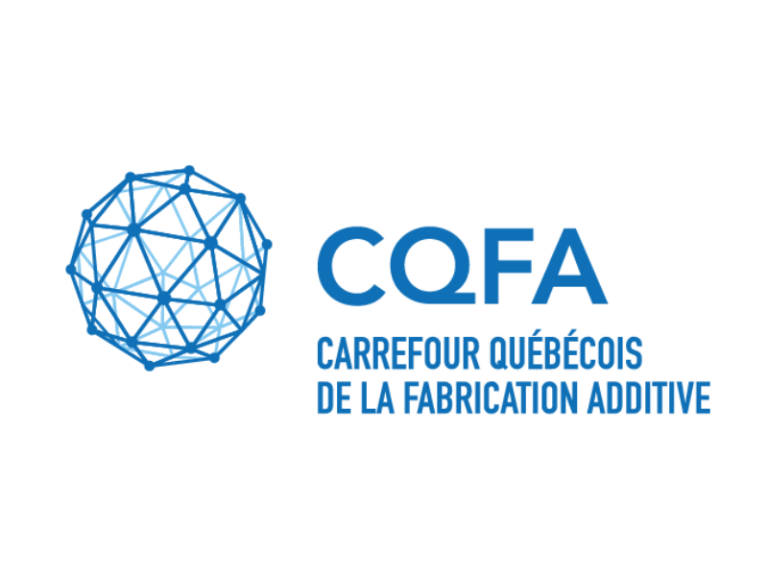
2023/11/15
Improving the 3D Printability of Sugar Glass to Engineer Sacrificial Vascular Templates
Moeun, B.N.; Fernandez, S.A.; Collin, S.; Gauvin-Rossignol, G.; Lescot, T.; Fortin, M.A; Ruel, J.; Bégin-Drolet, A.; Leask, R.L.; Hoesli, C.A. (2023). Improving the 3D Printability of Sugar Glass to Engineer Sacrificial Vascular Templates. 3D Printing and Additive Manufacturing, Volume 10, Issue 5, October 2023, Pages 855-1163.
A prominent obstacle in scaling up tissue engineering technologies for human applications is engineering an adequate supply of oxygen and nutrients throughout artificial tissues. Sugar glass has emerged as a promising 3D-printable, sacrificial material that can be used to embed perfusable networks within cell-laden matrices to improve mass transfer. To characterize and optimize a previously published sugar ink, we investigated the effects of sucrose, glucose, and dextran concentration on the glass transition temperature (Tg), printability, and stability of 3D-printed sugar glass constructs. We identified a sucrose ink formulation with a significantly higher Tg (40.0 ± 0.9°C) than the original formulation (sucrose-glucose blend, Tg = 26.2 ± 0.4°C), which demonstrated a pronounced improvement in printability, resistance to bending, and final print stability, all without changing dissolution kinetics and decomposition temperature. This formulation allowed printing of 10-cm-long horizontal cantilever filaments, which can enable the printing of complex vascular segments along the x-, y-, and z-axes without the need for supporting structures. Vascular templates with a single inlet and outlet branching into nine channels were 3D printed using the improved formulation and subsequently used to generate perfusable alginate constructs. The printed lattice showed high fidelity with respect to the input geometry, although with some channel deformation after alginate casting and gelation—likely due to alginate swelling. Compared with avascular controls, no significant acute cytotoxicity was noted when casting pancreatic beta cell-laden alginate constructs around improved ink filaments, whereas a significant decrease in cell viability was observed with the original ink. The improved formulation lends more flexibility to sugar glass 3D printing by facilitating the fabrication of larger, more complex, and more stable sacrificial networks. Rigorous characterization and optimization methods for improving sacrificial inks may facilitate the fabrication of functional cellular constructs for tissue engineering, cellular biology, and other biomedical applications.